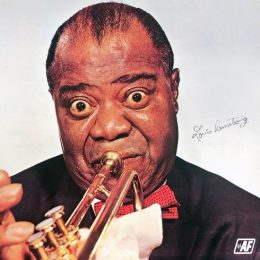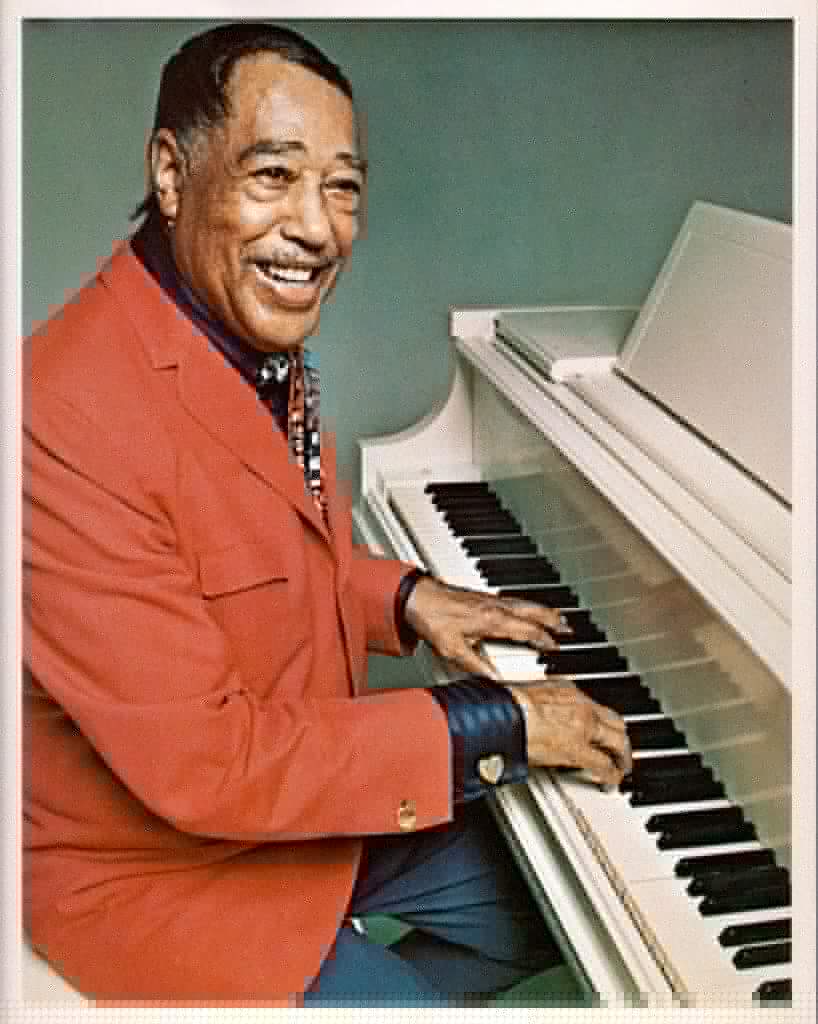America’s “classical music” is being celebrated all of April during National Jazz Appreciation Month. In light of the celebration, we’re going to take a deeper look at the historical richness of the music.
Jazz uses improvisation to form its unique, rhythmic sound. According to the National Museum of American History, Jazz was developed in the early 20th century, mostly in New Orleans. The diverse population of the city caused different musical traditions to mix together. Jazz was formed from a blend of blues, ragtime, marches and other types of music.

While jazz was mostly listened to when dancing, the style later transformed to sit down and listen to music. Some of the most well-known jazz musicians include Duke Ellington, Louis Armstrong, Miles, Davis and Charlie Parker.
Jazz has developed into many different styles including swing, cool jazz, traditional jazz, and bebop. Eventually, the music spread from the United States to many different parts of the world and can be found in many nations today.
When I travelled to New Orleans a few years ago, the music was alive and well. There were street performers all over the city, improvising to the feel of the music. Having the experience to stand in the street among thirty people watching a guy and his saxophone was unreal. The city surges with culture and art, making it the perfect home for jazz.
Image Description: (Left) Louis Armstrong was a trumpeter and vocalist and one of the most influential figures in jazz music. Armstrong’s career lasted for five decades throughout different eras of jazz. : (Right) Duke Ellington was an American jazzist, composer and leader of a jazz orchestra. Ellington was also played a significant role in bringing jazz to Europe during his 1933 European tour.

